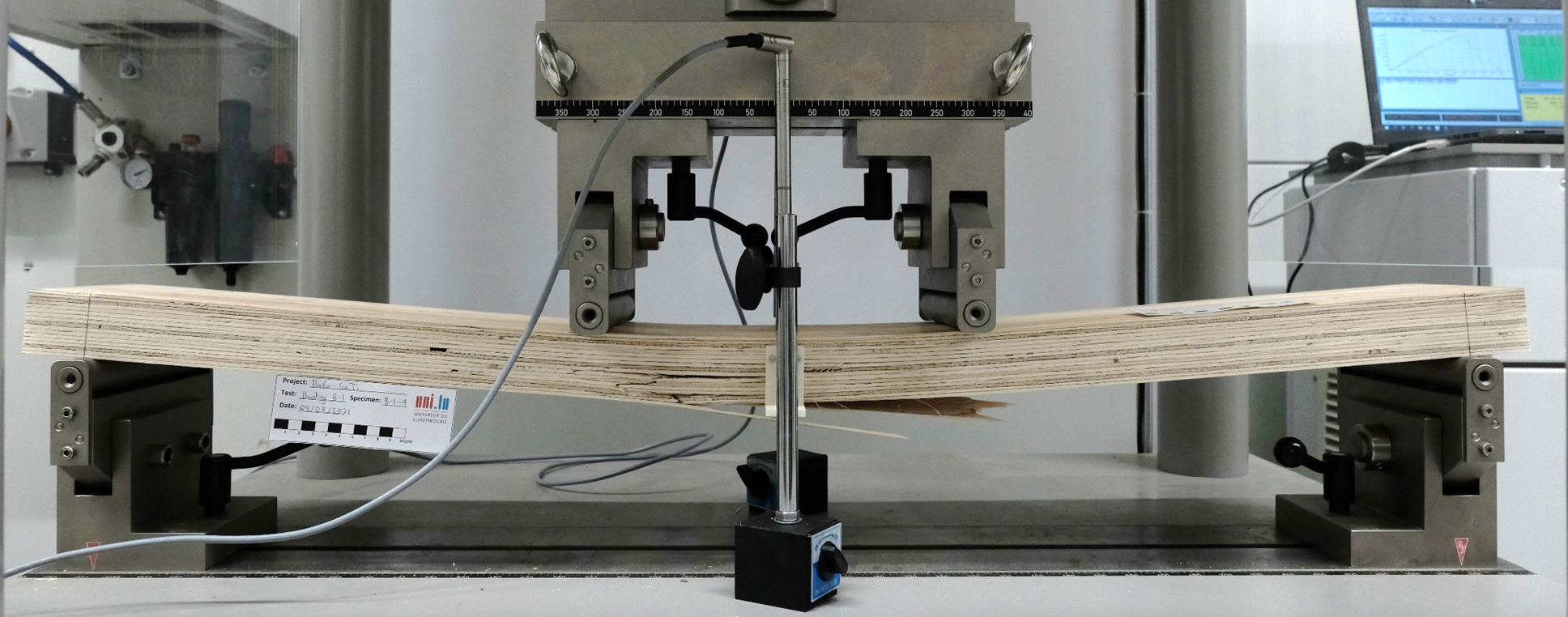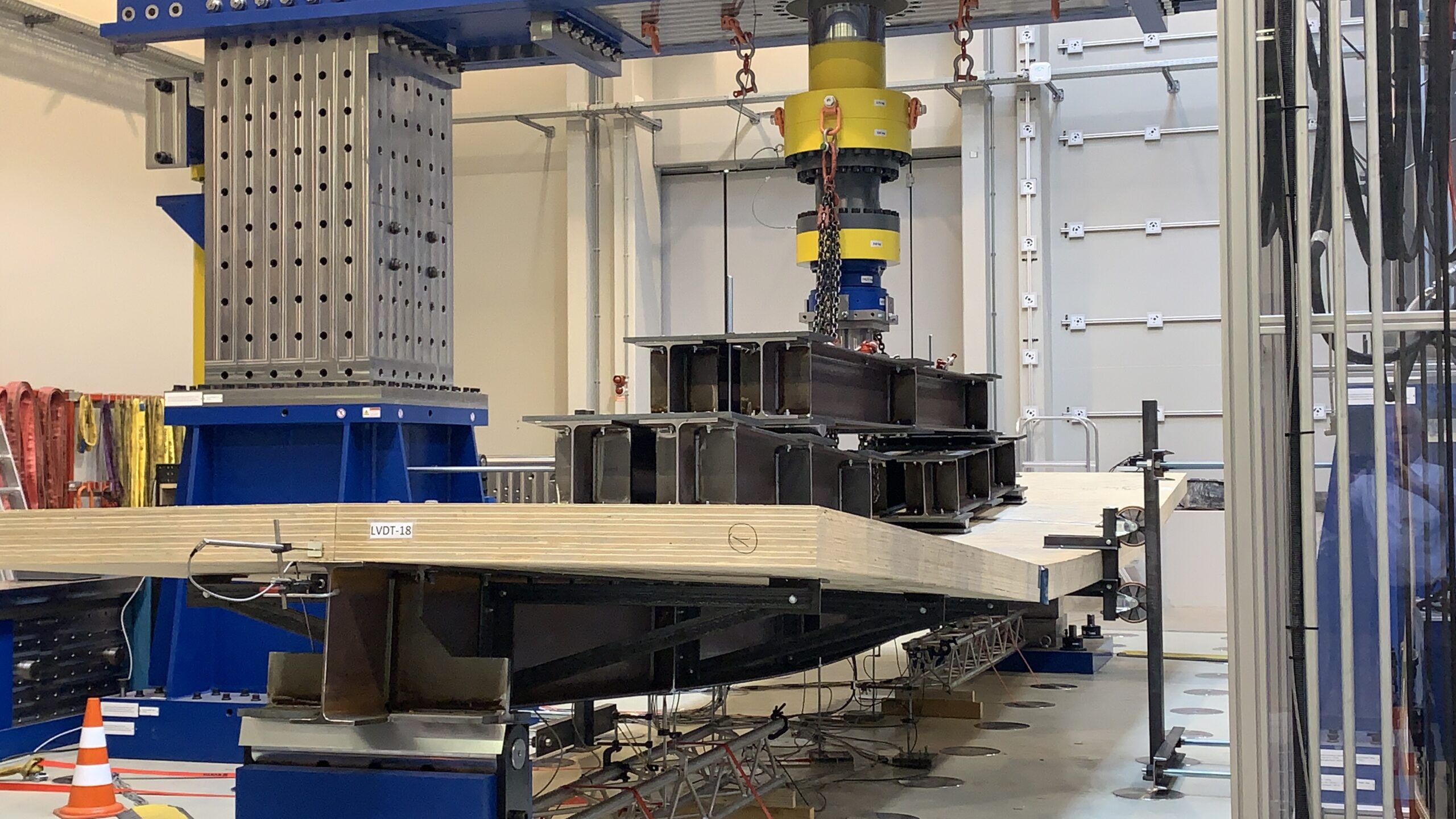In collaboration with Prefalux, the Prefa-SeTi initiative aims to work on the decarbonisation of the construction sector through innovative, reusable steel-timber solutions.
As one of the largest contributors to global carbon emissions, the construction sector must undergo a profound transformation to reduce its environmental impact. The Prefa-SeTi project is contributing to this change by developing sustainable steel-timber composite structures that reduce carbon emissions of building materials. Funded by Luxembourg’s National Research Fund (FNR) and Prefalux, and supported by the industrial partners ArcelorMittal and MetsäWood, the project aims to minimise the carbon footprint of construction while fostering a circular economy in construction.


Reuse and rebuild: a circular approach inspired by LEGO® bricks
Through the development of a demountable steel composite flooring system, the project focuses on reducing embodied carbon in steel-composite structures. Prefalux’s involvement introduces engineered bio-based materials, such as laminated veneer lumber (LVL), to create reusable flooring elements. “The support of Prefalux in manufacturing the timber elements, as well as in addressing the technical details, was a tremendous advantage for the success of the project.”, added Prof. Odenbreit. These engineered timber panels, made from LVL, will be connected to hot-rolled steel beams, forming a composite structure that is not only robust but also flexible for future disassembly and reuse.
To achieve this, innovative shear connections will be designed, tested, and optimised to link the steel beams and timber elements. The system will use modularity – like LEGO® bricks – making the elements easily interchangeable. The connections, which replace welded connectors, facilitate the future reuse of the structural components and provide an efficient solution to the growing issue of construction waste.
The research, including both physical testing and numerical simulations, resulted in a dismountable system and analytical models that predict the load-bearing capacity of these systems, ensuring they meet the requirements of modern construction.
A continued collaboration with the timber industry for a more sustainable future in construction
The success of the Prefa-SeTi project is a testament to the power of collaboration between industry partners like Prefalux and research institutions like the University of Luxembourg. Under the ArcelorMittal Chair in Steel Construction, Prof. Odenbreit and his team are also working on the development of the first design guidelines for steel-timber composite structures. They are collaborating with a working group of six from the European Convention for Construction Steelworks (ECCS/TC11/W96) on this initiative, which will provide essential input for the development of future building standards.
The initiative has already gained significant acknowledgment, receiving two prestigious awards: the Excellent Doctoral Thesis Award 2024 (University of Luxembourg) granted to Alfredo Romero Guzman, PhD student at the University, for his groundbreaking research on demountable and reusable steel-timber composite beams, and the Constructsteel Innovation Award (Worldsteel Association) for the project’s contributions to wood-steel structures.
This recognition paves the way for a promising future for the project. Through the collaboration between Prefalux and the University of Luxembourg, driven by research, testing, and the development of new standards, Prefa-SeTi is set to play a crucial role in shaping the future of eco-friendly buildings.
